Are you fond of watching zombie-related series like “Walking Dead”, “The Last of Us”, “Kingdom” or “All of Us Are Dead” It’s a gripping tale of a mind-controlling virus that transforms people into zombie-like creatures devoid of emotion, driven to consume others? Interestingly, this fictional scenario bears resemblance to the disengagement and exhaustion that can plague corporate life, draining employees of vitality and zeal, and ultimately sapping an organization’s energy.
In a startling 2022 Gallup study, it was revealed that a staggering 57% of employees across the world are grappling with disengagement and a lack of thriving due to workplace stress. This alarming statistic presents a massive challenge. Disengaged employees cost the global economy, amounting to a staggering 7.8 trillion dollars, equivalent to a significant 11% of the world’s total GDP (Pendell, 2022).
However, there’s hope on the horizon – an antidote to this looming corporate crisis: Happiness.
Why Happiness at Work?
Happiness plays a pivotal role in shaping job satisfaction and the overall well-being of employees. A recent study conducted by Oxford University in 2019 found that happy employees exhibit a remarkable 13% increase in productivity. Consider those instances when you’ve extended a helping hand to your colleagues or experienced a surge of creativity – how did you feel? As emotional beings, our state of mind significantly influences our productivity. When we’re in a state of happiness, we’re not only more inclined to assist our colleagues but also to unleash our creative potential.
It’s abundantly clear that fostering happiness among employees isn’t just advantageous for a company’s growth but also substantially contributes to its revenue. In Daniel Goleman’s book, “Primal Leadership” (2002), it’s highlighted that for every 2% increase in employee happiness, an organization’s revenue experiences a notable 1% growth.
Furthermore, a contented employee serves as a potent advocate for your company, drawing in prospective partners and talents. Studies underscore this, revealing that a staggering 89% of employees are more inclined to recommend their organization as an exceptional workplace if it places a premium on employee well-being (APA, 2016). Imagine the positive ripple effect for your organization, with the potential to become a trending topic on platforms like TikTok, courtesy of positive word-of-mouth!
Let’s face it, who wouldn’t want to experience happiness at work? We devote approximately one-third of our lives to our careers, translating to roughly 90,000 hours. Envision making the most of this substantial time by indulging in activities that bring us joy, such as binge-watching our favorite films, exploring new destinations, relishing delectable meals, acquiring knowledge, and engaging in all that makes us feel truly alive.
This isn’t to suggest that work must always be mundane, draining, or exhausting (although, let’s admit, it can feel that way at times). Instead, it’s a call to action for organizations to craft workplaces that make these 90,000 hours profoundly meaningful and rewarding for their employees.
How can we achieve happiness at work?
Happiness is a deeply personal experience, and fostering it in the workplace is a shared responsibility of both individuals and organizations. One effective model for achieving happiness, as proposed by Seligman (2011), is the PERMA model. To enhance happiness at work, here are valuable tips for both you and your organization to consider:
- Start with Positivity
Promoting positive emotions goes beyond outward displays of happiness like smiles and laughter. It involves cultivating a hopeful perspective that sees past, present, and future events in a positive light.
While maintaining a positive outlook can be challenging, especially after a tough day, there’s a valuable skill to kickstart positivity: cognitive reframing. This approach helps recognize and replace unproductive thoughts and feelings with a more positive perspective.
- Continue Learning
Engaging in activities that demand our full involvement is crucial for personal development, learning, and the cultivation of happiness. We all seek activities that immerse us fully, creating a state of blissful immersion known as ‘flow.’ This engaged state is vital for expanding intelligence, honing skills, and boosting emotional well-being. Organizations can contribute by offering learning opportunities aligned with employees’ interests, fostering greater fulfillment and happiness.
- Cultivate Meaningful Relationships
Human beings thrive on connection, love, and meaningful interactions with others. Building positive bonds with colleagues is essential for spreading love and joy in our lives. Strong relationships provide valuable support during challenging times, aiding in physical and psychological recovery.
Quality matters more than quantity in relationships. Meaningful connections, whether romantic or not, ward off feelings of loneliness, enhancing overall well-being. Nurturing these connections is vital.
- Discover your Purpose
Finding value in your actions and pursuing meaningful goals can bring profound fulfillment. Understanding your purpose becomes a guiding force, shaping your mindset and actions. Research shows that finding meaning in work leads to more committed and engaged employees.
Recognizing the broader impact of your contributions and understanding why you chose your path enhances happiness and satisfaction. When work aligns with your sense of purpose, it deepens fulfillment and positively influences overall well-being.
- Celebrate Achievements
Acknowledging and celebrating victories is essential for appreciating and recognizing personal accomplishments. Celebrating successes, big or small, boosts morale and inspires greater achievements. It reinforces the belief that hard work and perseverance lead to positive outcomes.
Celebrating can be as simple as verbal recognition or elaborate gatherings. Meaningful celebrations create a joyful atmosphere and foster unity and collaboration among team members. Recognizing accomplishments builds a culture of optimism, encouragement, and progress.
Workplace happiness is pivotal, impacting both employees and businesses. Happy employees are more productive, motivated, and engaged, while dissatisfaction leads to lower job satisfaction, reduced morale, and higher turnover rates. By embracing these tips, individuals and organizations can work together to create a positive and uplifting work environment, where everyone can perform at their best and celebrate each other’s successes.
At Mind You, we are passionate about helping organizations like yours prioritize workplace happiness. Our tailored solutions can empower you to create a work environment where both your employees and your business thrive. Take the first steps towards a happier healthier and more productive workplace today
References:
- Pendell, R. (2022, June 14). Gallup. Gallup; Gallup. https://www.gallup.com/workplace/393497/world-trillion-workplace-problem.aspx#:~:text=Employees%20who%20are%20not%20engaged,employees%20were%20engaged%20at%20work.
- Bellet, C., De Neve, J.-E., & Ward, G. (2019). Does Employee Happiness Have an Impact on Productivity? SSRN Electronic Journal. https://doi.org/10.2139/ssrn.3470734
Goleman, D., Boyatzis, R. E., & Mckee, A. (2002). Primal leadership : Learning to lead with emotional intelligence. Harvard Business School Press.
- APA. (2016, June). Workplace Well-being Linked to Senior Leadership Support, New Survey Finds. Https://Www.apa.org. https://www.apa.org/news/press/releases/2016/06/workplace-well-being
Seligman, M. E. P. (2011). Flourish : a visionary new understanding of happiness and well-being. Atria Paperback.





